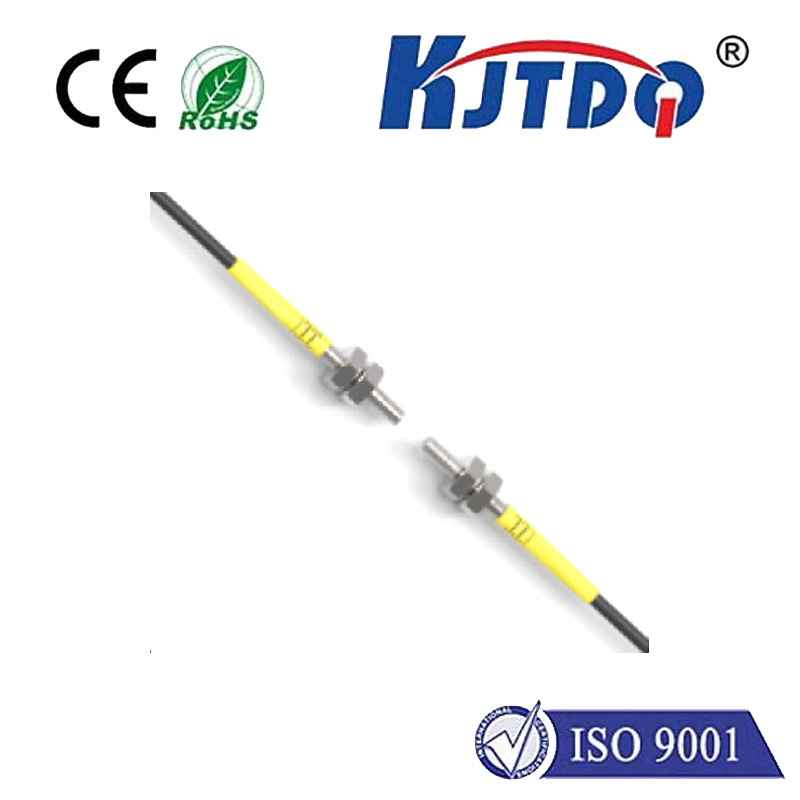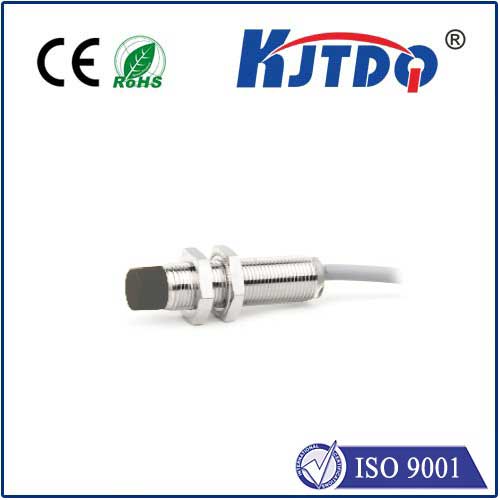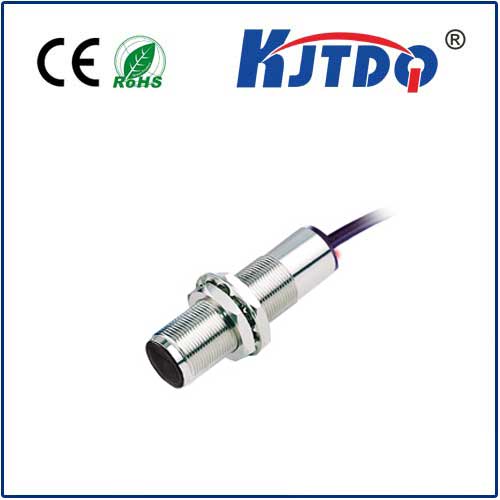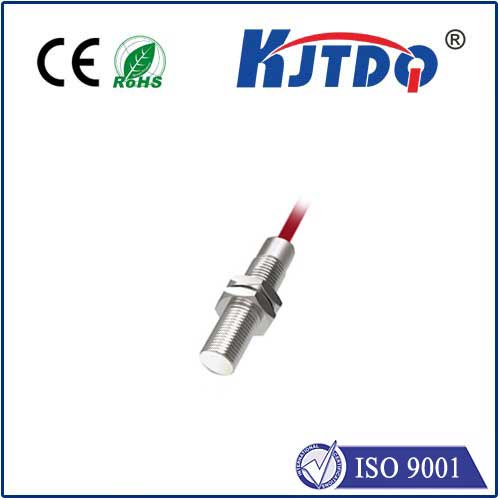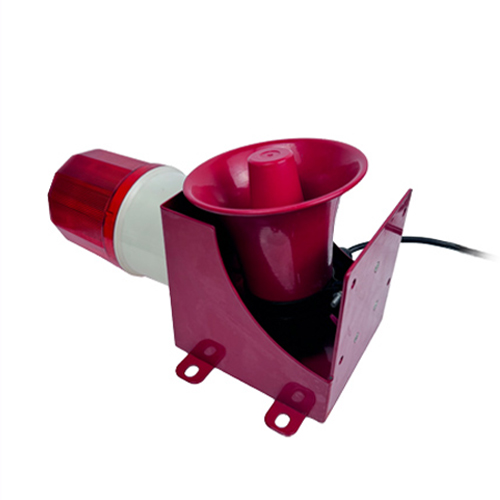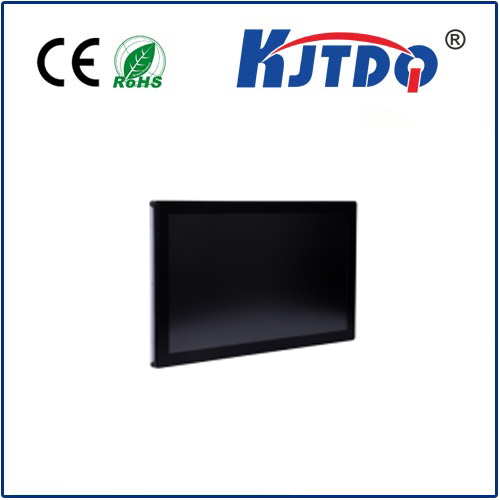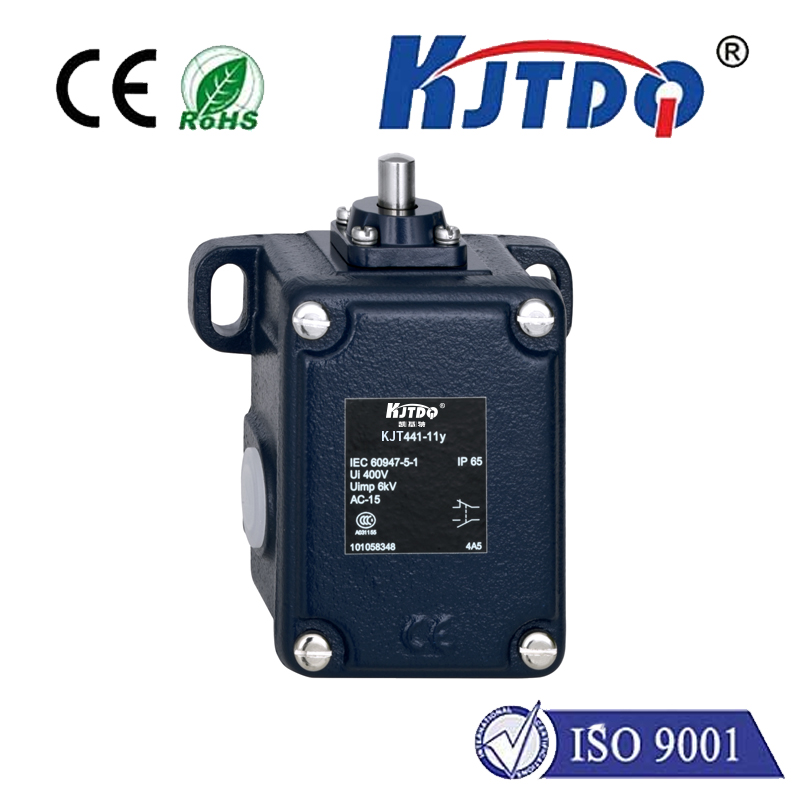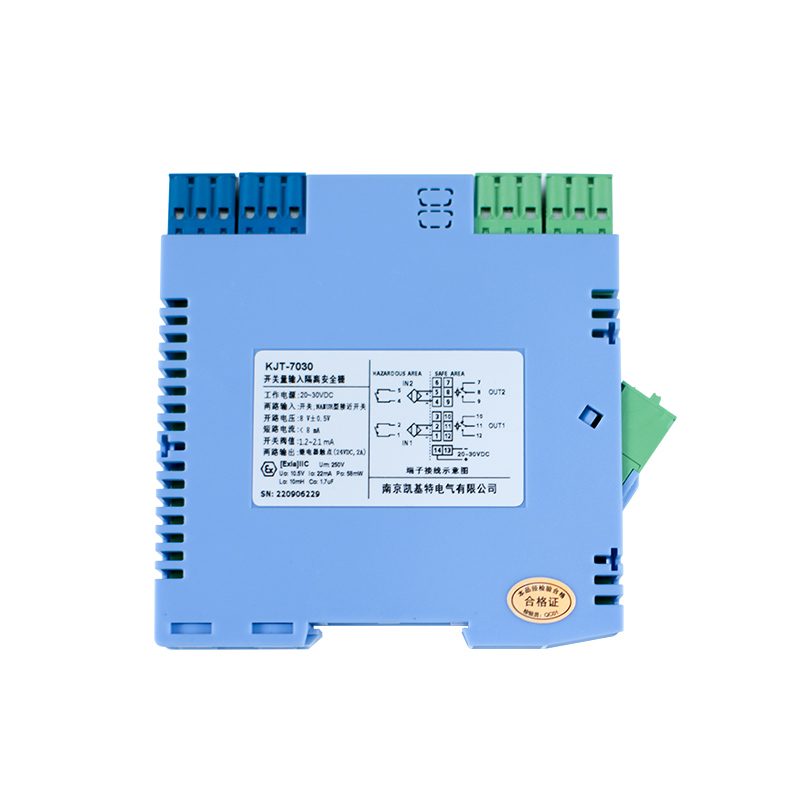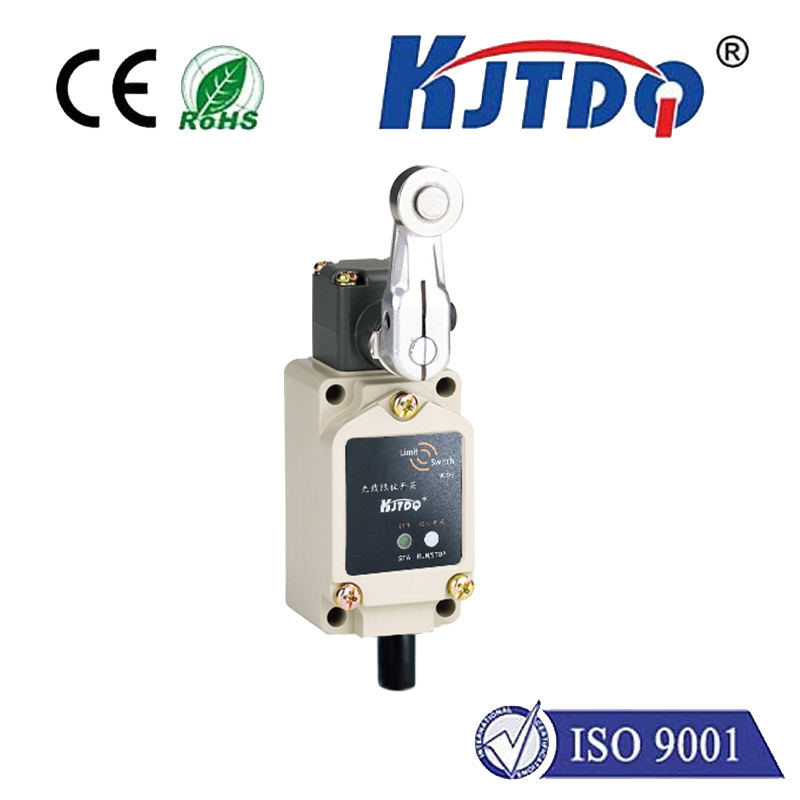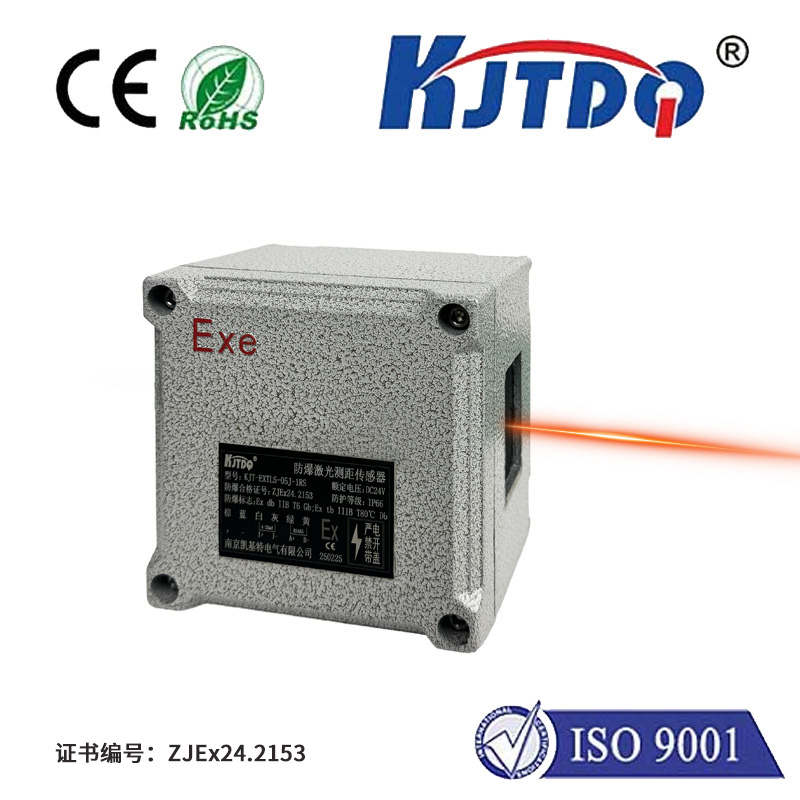

check

check

check

check
High Temperature Inductive Proximity Sensor: The Future of Industrial Sensing
In the world of industrial automation and control, sensors play a critical role in monitoring and managing complex processes. Among various types of sensors, high-temperature inductive proximity sensors have emerged as a game-changer due to their ability to operate under extreme thermal conditions. This article explores the significance of high-temperature inductive proximity sensors and their impact on the industrial sector.
What is a High-Temperature Inductive Proximity Sensor?
A high-temperature inductive proximity sensor is a type of sensor that utilizes electromagnetic fields to detect the presence or absence of an object without physical contact. These sensors are designed to withstand high temperatures, making them ideal for applications where standard sensors would fail due to heat exposure. They offer precise detection capabilities even in harsh environments, ensuring reliable performance and longevity.
Why Are High-Temperature Inductive Proximity Sensors Important?

High-temperature inductive proximity sensors are crucial in industries such as metal processing, glass manufacturing, and automotive production, where extreme temperatures are common. These sensors provide accurate measurements regardless of temperature fluctuations, reducing errors and improving overall efficiency. Additionally, they contribute to safer working conditions by minimizing human intervention in hazardous environments.
Applications of High-Temperature Inductive Proximity Sensors
The applications of high-temperature inductive proximity sensors are vast and varied. In the steel industry, they can monitor the positioning of molten metal during casting processes. In glass manufacturing, they ensure consistent product quality by detecting defects at high temperatures. In automotive production, they play a vital role in quality control by identifying defects in brake rotors and other components subjected to high temperatures.
Benefits of Using High-Temperature Inductive Proximity Sensors
High-temperature inductive proximity sensors offer numerous benefits over traditional sensors. They provide increased durability and reliability, allowing them to function effectively in challenging environments. Their non-contact nature eliminates wear and tear associated with mechanical switches, reducing maintenance costs and downtime. Furthermore, their accuracy ensures that processes run smoothly, resulting in higher productivity and lower waste levels.
The Future of High-Temperature Inductive Proximity Sensors
As technology continues to advance, high-temperature inductive proximity sensors will undoubtedly become more sophisticated. With the integration of artificial intelligence and machine learning algorithms, these sensors could potentially predict equipment failures before they occur, further enhancing safety and efficiency. Moreover, advancements in materials science may lead to even more heat-resistant variants capable of operating in even harsher conditions than ever before.
Conclusion
High-temperature inductive proximity sensors have revolutionized industrial sensing by providing robust solutions for extreme temperature environments. Their versatility, durability, and accuracy make them essential tools for modern manufacturing processes. As we look towards the future, it's clear that high-temperature inductive proximity sensors will continue to shape the landscape of industrial automation and control, driving innovation and progress across various industries worldwide.
